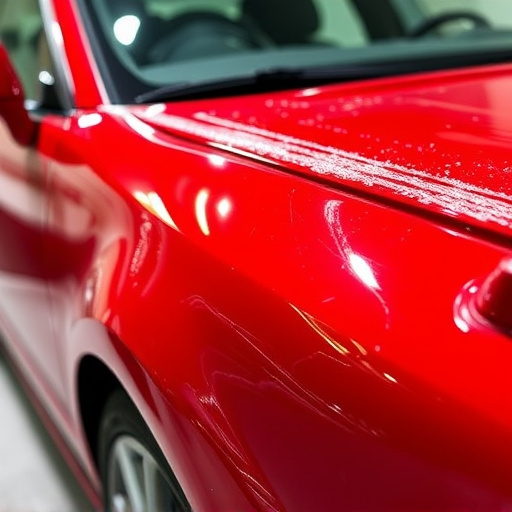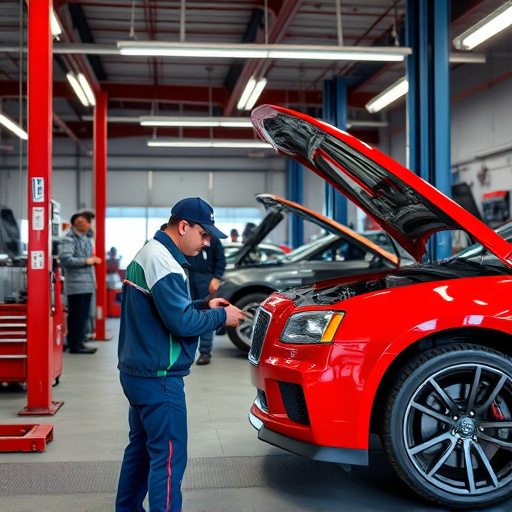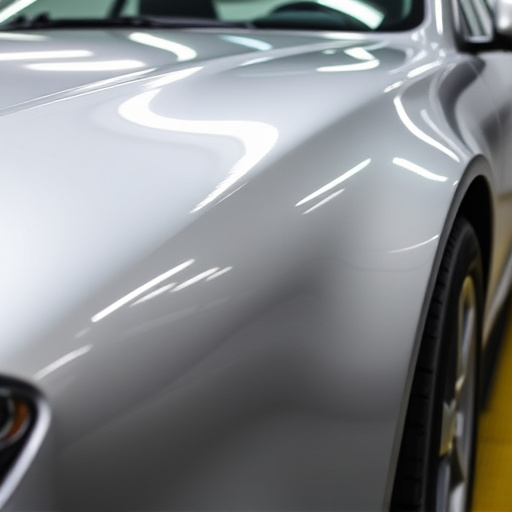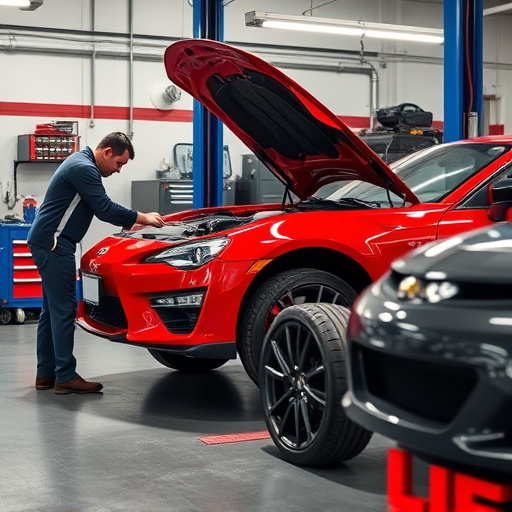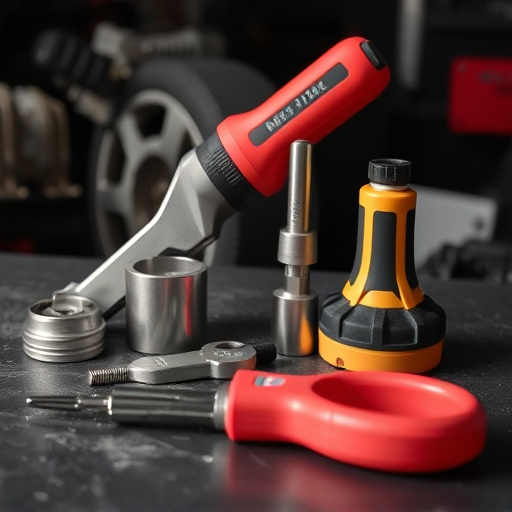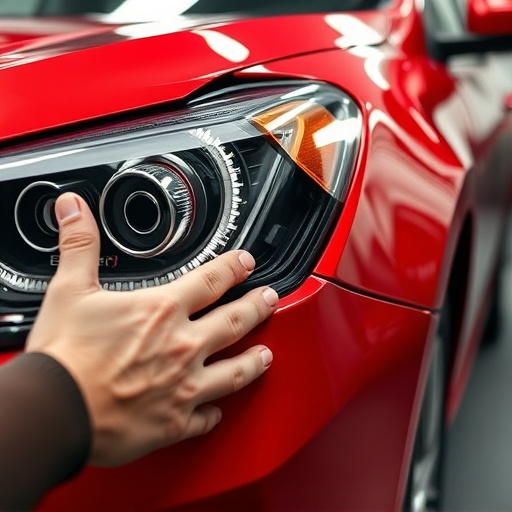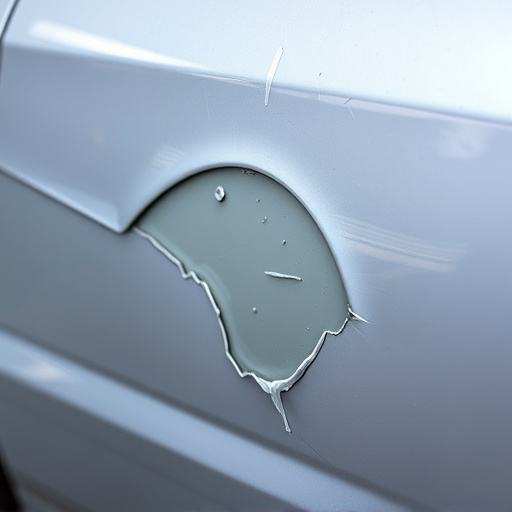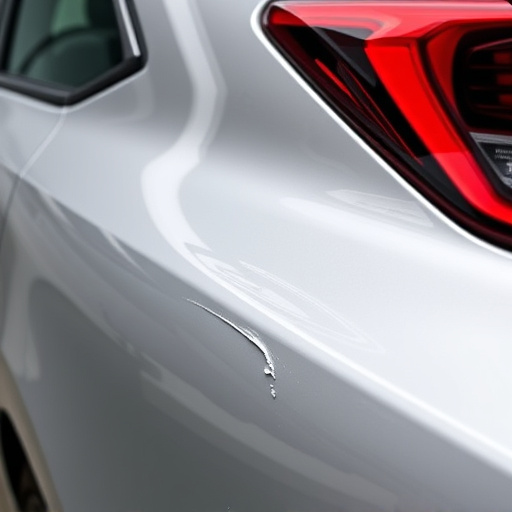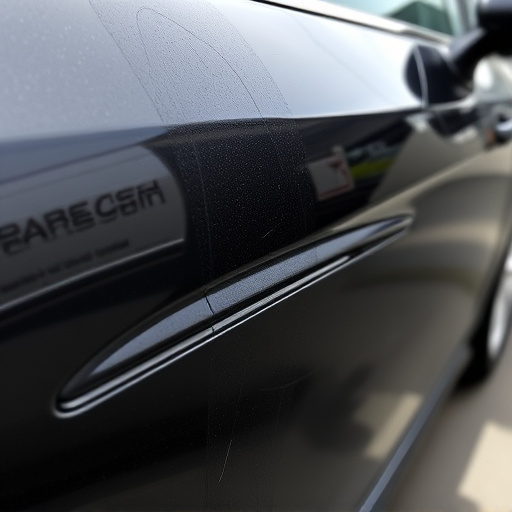Plastic welding technology revolutionizes vehicle repairs, providing faster, precise results compared to traditional methods. It excels in joining modern cars' diverse plastic components, ensuring structural integrity and aesthetic appeal. This technology streamlines repair processes, reduces costs, and minimizes heat input, preserving material quality. By enhancing productivity and maintaining original specifications, plastic welding is a key factor in safer, more aesthetically pleasing restored vehicles.
Plastic welding technology has emerged as a game-changer in vehicle repairs, revolutionizing the way we restore and rebuild cars. This innovative process offers numerous advantages over traditional methods, including faster repair times, enhanced structural integrity, and cost-effectiveness. In today’s digital era, the importance of plastic welding cannot be overstated, especially in modern car restoration projects that demand precision and durability.
- Revolutionizing Vehicle Repairs: Plastic Welding Technology
- Advantages of Using Plastic Welding in Automotives
- The Role of Plastic Welding in Modern Car Restoration
Revolutionizing Vehicle Repairs: Plastic Welding Technology
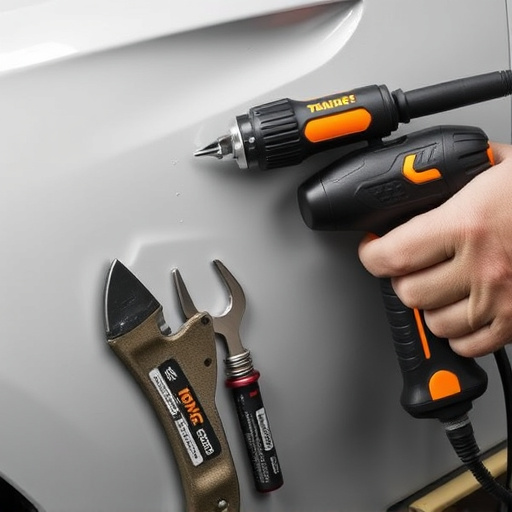
Plastic welding technology has revolutionized vehicle repairs, bringing about significant advancements in auto repair services and the overall customer experience. It offers a range of benefits that traditional methods cannot match. In an era where car bodywork is becoming increasingly complex, this innovative process ensures precise and durable repairs.
Compared to conventional methods, plastic welding provides faster turnaround times without compromising quality. It is particularly advantageous for auto collision centers dealing with modern vehicles, as it allows them to restore damaged components to their original specifications. This technology’s versatility and efficiency make it a game-changer in the industry, ensuring vehicles return to the road safer and more aesthetically pleasing than ever before.
Advantages of Using Plastic Welding in Automotives
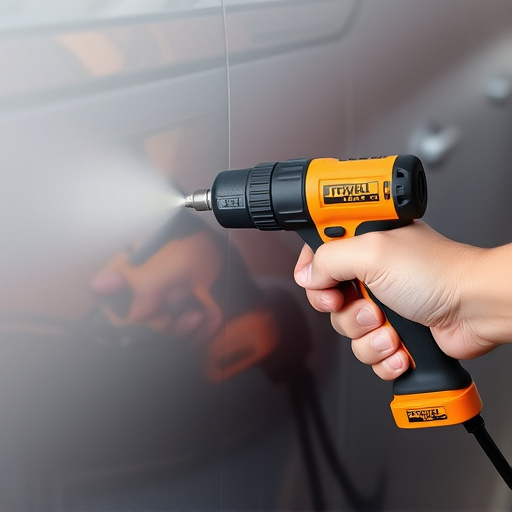
Plastic welding technology offers several advantages in vehicle repairs, particularly when it comes to restoring cars after accidents or wear and tear. One of its key benefits is the ability to precisely join a wide range of plastic components found in modern automobiles. Unlike traditional metal welding, plastic welding ensures minimal heat input, preserving the integrity of sensitive materials like polycarbonate and ABS plastics often used in car bodies and parts. This precision is especially crucial for maintaining the structural integrity and aesthetic appeal of vehicles, ensuring they look as good as new after repairs.
Additionally, plastic welding technology streamlines the repair process, making it faster and more cost-effective compared to alternative methods such as adhesive bonding or replacement parts. In an auto collision center or tire services setting, where efficiency is paramount, this technology enables technicians to repair car paint damage and other plastic components with speed and accuracy, reducing downtime for vehicle owners. Moreover, the versatility of plastic welding allows for repairs that can rival the quality of original equipment manufacturing, enhancing the overall longevity and safety of vehicles on the road.
The Role of Plastic Welding in Modern Car Restoration
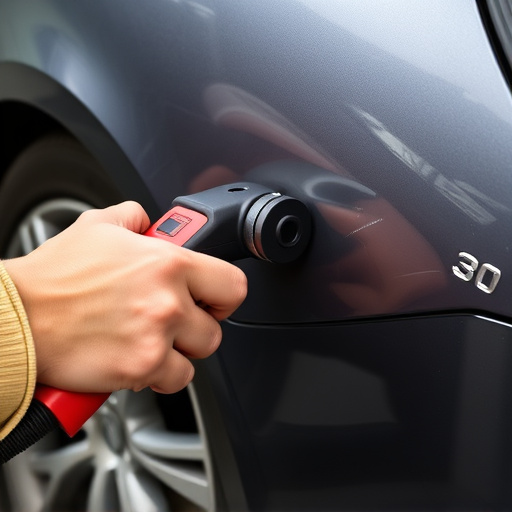
In modern car restoration, plastic welding technology plays a pivotal role, revolutionizing the way automotive repairs are carried out. This innovative technique has become indispensable in the industry, especially when dealing with complex vehicle structures that incorporate numerous plastic components. Unlike traditional methods, plastic welding offers precise and efficient bonding of diverse materials used in contemporary automobiles. From interior trim to exterior panels, the versatility of this technology ensures seamless integration, enhancing both structural integrity and aesthetic appeal.
The integration of plastic welding has streamlined the process of car collision repair, auto painting, and auto glass repair. It facilitates quicker assembly times, reduces material wastage, and improves overall productivity in workshops. Moreover, its precision allows for minimal distortion of delicate parts, ensuring that restored vehicles retain their original quality and value. This advanced approach to vehicle repairs has undoubtedly elevated the standards of excellence in the automotive restoration sector.
Plastic welding technology has emerged as a game-changer in vehicle repairs, offering efficient and durable solutions for modern automotive needs. Its advantages, from reduced weight to enhanced structural integrity, are particularly evident in car restoration projects, where precision and strength are paramount. As the demand for sustainable and high-quality vehicle repairs grows, embracing plastic welding technology is essential for keeping up with industry standards and customer expectations.

